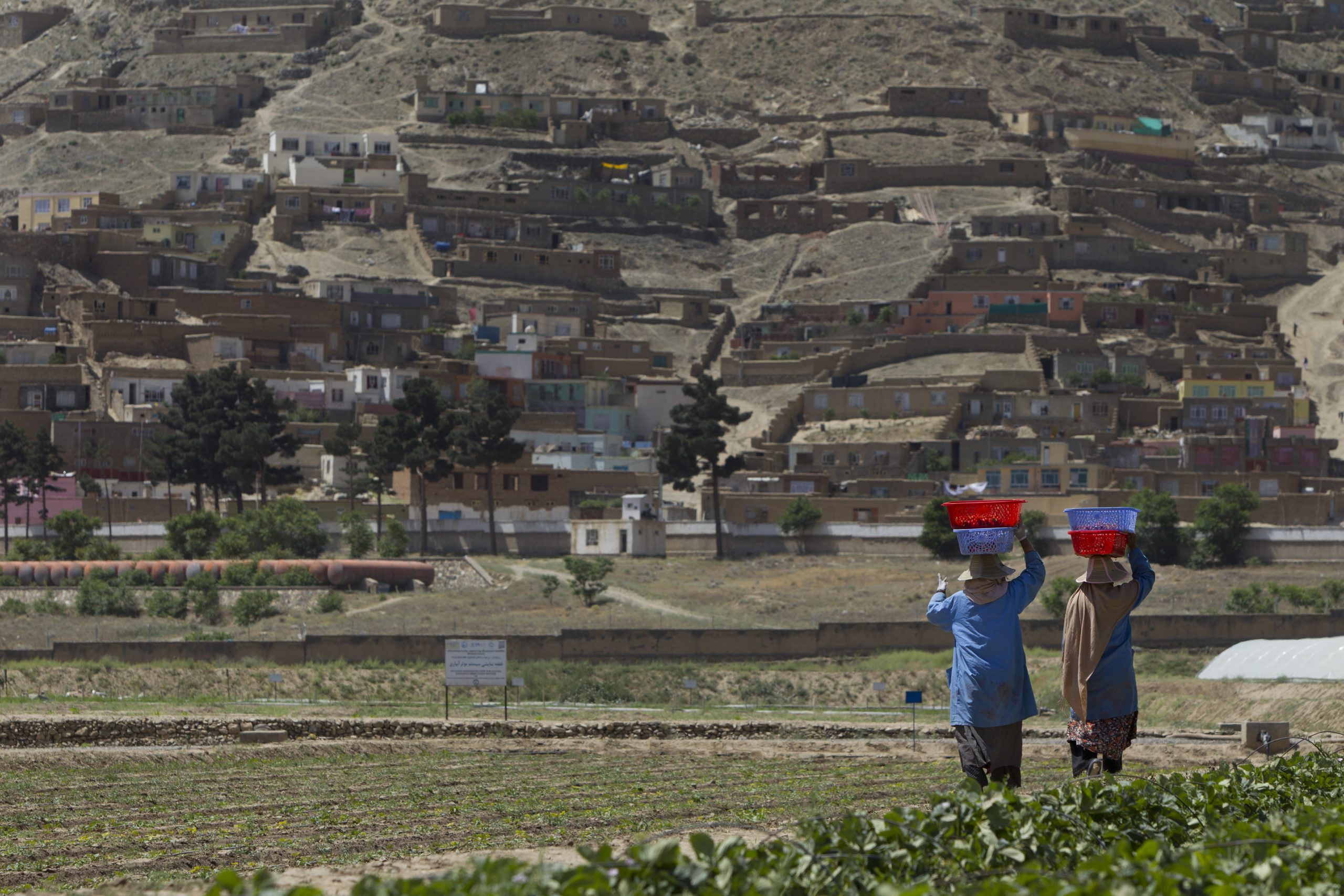The U.S. is out, and the Taliban is in (again).
Amid the humanitarian crises witnessed over the past several weeks, the Afghan people are now facing another looming problem: agricultural instability and food insecurity.
In a country where 70% of people live in rural areas, agriculture is a BIG deal —providing livelihoods for over 80% of the population. And the timing of the Taliban takeover couldn’t be worse for Afghan farmers.
Planting problems: It’s winter wheat planting season, and the unrest is causing major delays in getting seed into the ground. The UN Food and Agriculture Organization (FAO) is estimating a 25% shortfall in this year’s wheat crop. And with wheat providing over half of Afghans’ daily calories, that’s a major problem.
And it’s not just wheat.
Coming off a high: Roots of Peace, a California-based nonprofit, has spent the last two decades clearing Soviet-mined fields and helping farmers reintroduce grapes and other fruits to the region in an effort to quell the production of poppies: the crop supporting the Taliban’s heroin trade.
It’s grape harvest season, and with the Taliban now controlling border crossings and the international community freezing bank assets, farmers are having difficulties marketing their crops.
Where this goes: Next week, the UN’s humanitarian arm will host a conference in Geneva hoping to raise the $606M in aid it says is needed to assist 11 million Afghans for the remainder of 2021. And with one-third of all Afghans considered food insecure, the stakes couldn’t be higher.

